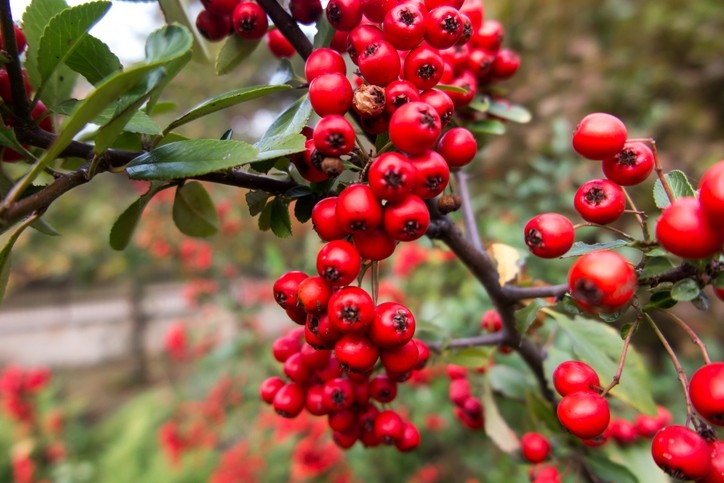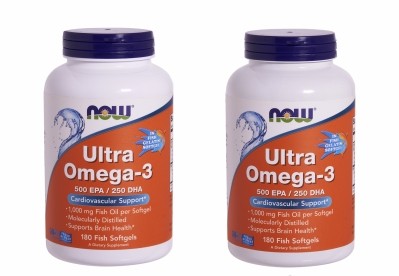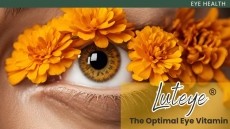NOW unveils new method for finding pesticide residues in complex botanicals

The routine method of analyzing pesticide residues in botanical ingredients as well as in foods is referred to as QuEChERS, which is a portmanteau meaning 'quick, easy, cheap, effective, rugged, and safe.' The material is commonly homogenized and mixed with a reagent and agitated. This is followed by a solid-phase extraction step (SPE) to ‘clean up’ the material before proceeding on to further analytical steps such as gas chromatography.
While this routine analysis works well for most foods and botanical ingredients, some botanicals present special challenges because of a complex chemical structure. While Hawthorn berries are one example that NOW focused on to validate its new method, there are other examples, including Ashwaganda and Banaba extract.
Addition of C18 step
In the new method, the NOW team added the use of a C18E d-SPE cleanup phase (which employs columns that use C18, a special form of carbon atoms linked in a ring) in addition to the standard QuEChERS and SPE sample cleanup procedure. The method modification reduced the total number of non-analyzable compounds (due to chromatographic interferences) in the standardized Hawthorn extract test material from 35 to 19. The method did a better job of indentifying pesticide residues in the hawthorn extract sample, and the NOW team believes it will be useful for other challenging botanicals in the future.
“This new method is a modification of our existing testing procedure and overall took roughly 4-5 weeks to develop and test all possible testing variations, compile and compare data to determine best solution to our challenges. This new method can (and has) been adapted to other botanicals, such as Ashwagandha and Banaba. We do plan on utilizing this method on other challenging botanicals if they present similar challenges to those we initially saw with Hawthorn,” said Aaron Secrist, vice president of quality, regulatory affairs & operations at NOW Health Group, Inc.
Secrist said that pesticide use has now become so ubiquitous that there is at least some background signal for these chemicals in almost any botanical ingredient sourced almost anywhere in the world. The issue looks to become ever more pressing in the future.
Staying ahead of the game
“We are constantly trying to stay ahead of the game by expanding the scope of the targeted screen and by introducing an orthogonal testing approach which utilizes GC-MS/MS and LC-MS/MS instruments. However, as novel compounds hit the industry worldwide, we need to stay alert and prepared for when the new pesticides/herbicides appear in our materials,” Secrist said.
“As an industry leader, in collaboration with the FDA, NOW is working on a development of a Liquid Chromatography High Resolution Mass Spectrometry (LC-HRAM) method for the analysis of over 800 pesticide residues. The method is predicted to be implemented by the end of 2021,” he added.
“At NOW we are always about pushing the science to find the cleanest materials we can. Humans have been using pesticides and herbicides for so long that some background levels can found almost everywhere and as we continue to push the limits of the analytical instruments we are going to see it. Being able to detect and quantify these chemicals give us knowledge, and knowledge is power!” Secrist concluded.
The NOW method was developed by a team that included Jerry Mueller, Camille Grigsby and Carlos Parra. They presented the results of their research during an online meeting of the North American Chemical Residue Workshop (NACRW) on July 27. A poster of the research will be available on the organization's website.
















